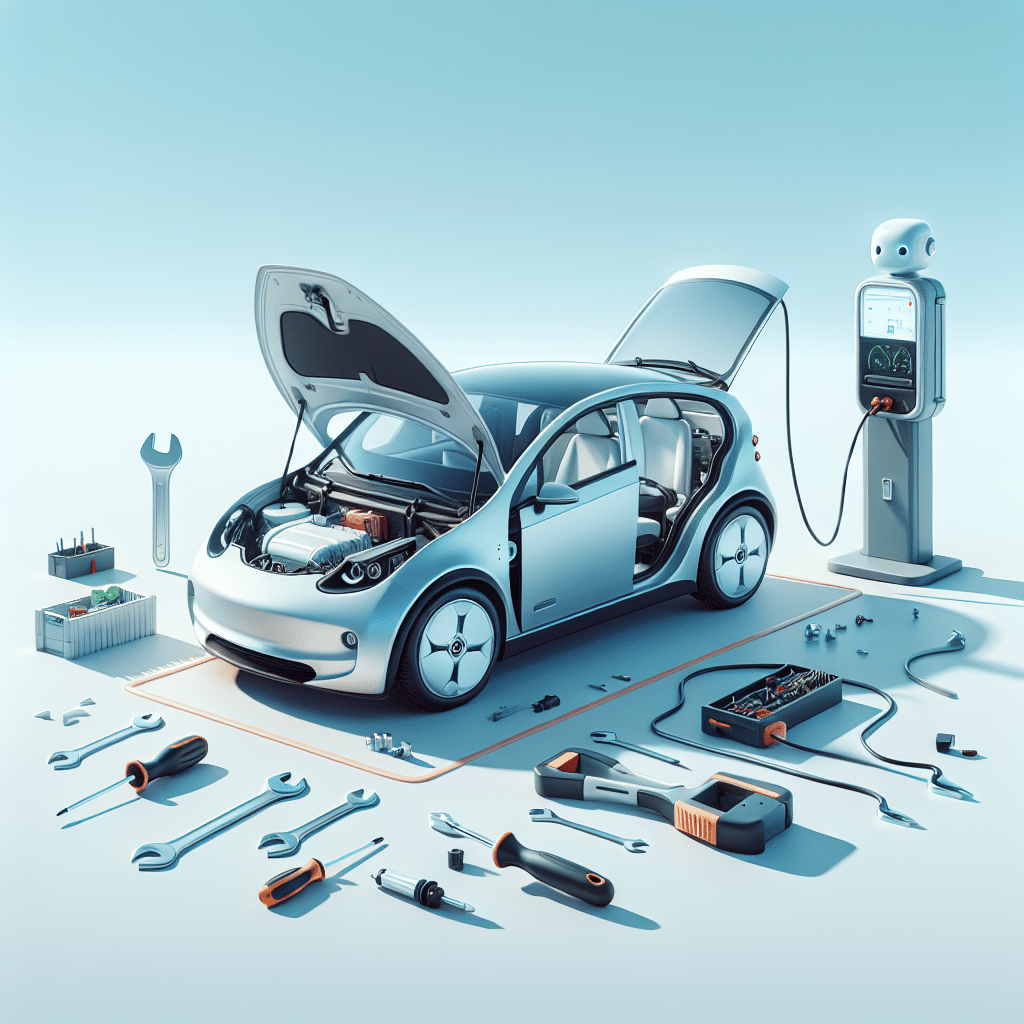Beginner’s Guide to Electric Car Maintenance
Electric vehicles (EVs) are increasingly becoming a go-to choice for environmentally conscious consumers. With growing interest in sustainability, it’s essential for new owners to comprehend how to maintain their electric cars effectively. This beginner’s guide covers the fundamental aspects of electric car maintenance, manufactured components, and best practices.
1. Understanding Electric Vehicle Components
Before diving into maintenance, it’s crucial to understand the primary components of an electric vehicle:
- Battery Pack: The heart of the EV, it stores energy to power the vehicle. Most modern electric cars come with lithium-ion batteries, which provide high energy density and long life cycles.
- Electric Motor: Unlike conventional internal combustion engines, EVs use electric motors that convert electrical energy into mechanical energy.
- Charging System: Includes onboard chargers that convert AC from the outlet into DC for the battery.
- Braking System: EVs often utilize regenerative braking, a system that recovers energy during braking and directs it back to the battery.
- Cooling Systems: Used to manage the battery and motor temperatures.
2. Regular Battery Maintenance
The battery is one of the most expensive components of an electric vehicle. Maintaining it properly not only increases longevity but ensures optimal performance.
- Charging Habits: Use slow charging methods when possible to reduce strain on the battery. Fast charging should be reserved for emergencies.
- Battery Health Monitoring: Most EVs come equipped with software to monitor battery health. Utilize this feature to track the state of charge (SOC) and state of health (SOH).
- Temperature Management: Extreme temperatures can impact battery life. If you live in a particularly hot or cold climate, consider keeping the vehicle in a garage or shaded area.
3. Tire Care and Maintenance
Just like conventional cars, electric vehicles require regular tire maintenance.
- Tire Pressure: Maintain the recommended tire pressure to ensure proper handling and energy efficiency. Under-inflated tires can lead to decreased battery range.
- Tread Depth: Regularly check for adequate tread depth. EVs often have increased torque, resulting in faster tire wear.
- Rotations: Rotate tires according to your manufacturer’s recommendations, typically every 5,000 to 10,000 miles.
4. Brake Maintenance
EVs utilize regenerative braking that can reduce wear on traditional brake components.
- Brake Fluid: Check the brake fluid levels regularly. Unlike conventional vehicles, most EVs have longer intervals between brake fluid replacements.
- Brake Pads: With regenerative braking, brake pads tend to last longer; however, inspect them regularly for wear.
5. Cooling System Maintenance
The cooling system is vital for maintaining optimal battery and motor temperatures.
- Fluid Levels: Regularly check and maintain the coolant levels. Low coolant can lead to overheating and damage to the battery or motor.
- Cooling System Flushes: Follow the manufacturer’s guidelines for coolant flushes and replacements.
6. Software Updates
Unlike traditional cars, many modern electric vehicles rely on software for functionality.
- Firmware Updates: Check for software updates regularly. These updates can improve efficiency, extend battery life, and even enhance driving performance.
- Integration with Apps: Several EV manufacturers provide mobile apps for owners to monitor battery levels, arrange charging schedules, and receive system alerts.
7. Keeping Up with Regular Service
Like any vehicle, electric cars require scheduled services to ensure all components function correctly.
- Manufacturer’s Maintenance Schedule: Follow the recommended maintenance intervals provided by the manufacturer, including inspections and fluid changes.
- Professional Inspections: Schedule annual professional inspections to identify potential issues before they develop into costly repairs.
8. Exterior and Interior Care
Maintaining your car’s appearance not only enhances its aesthetic but also helps preserve resale value.
- Car Wash: Regularly wash your electric vehicle to remove dirt and debris. Use gentle cleaners that won’t harm the paint or any surfaces.
- Waxing: Wax your EV every few months to protect the paint and finish.
- Interior Maintenance: Clean the interior using appropriate cleaners on surfaces, especially if your vehicle has unique materials such as vegan leather.
9. Charging Station Setup
Installing a home charging station can significantly enhance the convenience of owning an EV.
- Home Charging Options: Consider Level 2 chargers for quicker charging times.
- Professional Installation: A professional can ensure your electrical system can handle the load required for home charging.
10. Safety Precautions and Regulations
Maintaining an electric vehicle also involves ensuring safety and compliance with local regulations.
- Emergency Services: Keep an emergency kit in the trunk, including first aid supplies, jumper cables, and a tire inflator.
- Local Regulations: Stay informed about local EV regulations regarding charging stations and roadside assistance.
11. Resources for Electric Car Owners
Staying informed about best practices can significantly impact how well your electric vehicle performs.
- Owner’s Manual: Always refer to the owner’s manual for specific maintenance instructions pertaining to your EV model.
- Community Forums: Engaging with EV owner communities can be a fantastic resource for tips and experiences.
- Manufacturer’s Website: Regularly check the manufacturer’s website for updates and recalls.
12. Conclusion
Being proactive about electric vehicle maintenance helps ensure a longer lifespan and improved performance. As technology advances, keeping up with the latest maintenance best practices can enhance your driving experience and ensure your EV remains a reliable and eco-friendly option for years to come. Be sure to prioritize battery and tire health, pay attention to software updates, and maintain a clean exterior and interior to maximize your vehicle’s potential.
